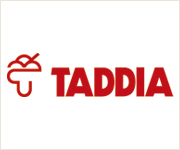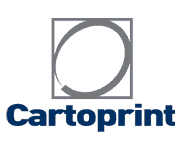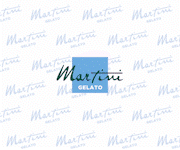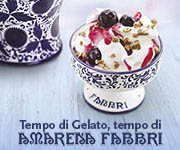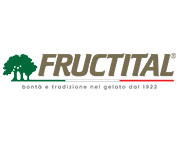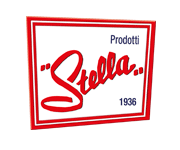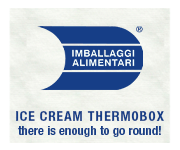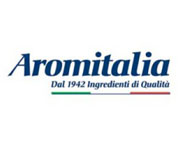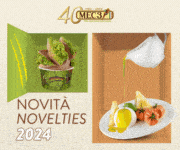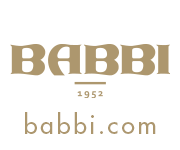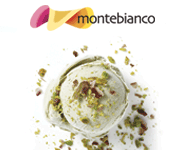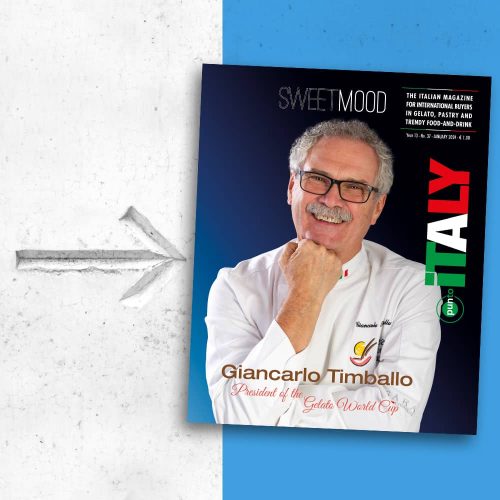All in one shell

Eggs are very versatile. Egg yolks and whites can be used either separately or together, in the dough or in a cream, and can be utilized to create gelato flavours. In the pastry arts, their main function is to give structure to doughs and mixes. Egg proteins, when mixed with the flour ones, create a framework that gives consistency to desserts. Furthermore, if well beaten, they incorporate air, fundamental for many preparations.
The identikit
The general term “egg” almost always refers to chicken eggs. When not, it is necessary to specific the bird species from which it comes. Egg laying chickens (laying hens) are almost always raised in battery cages, and only in some cases it is possible to have larger enclosures or a freerange system. Eggs can vary in weight, ranging from 45 g to 70 g, and they consist of a shell (about 10 percent of the total weight), the egg white (about 60 percent) and the egg yolk (about 30 percent). It is an error to consider the colour of the shell when choosing eggs, whereas the colour of the yolk depends mostly on the feed used to raise the bird. Reading the code stamped on the shell, which is basically an id card for the egg, can help you pick the best quality product.
In pastry arts
The physical and chemical properties, which can be observed after being mechanically processed or after being cooked, include their abilities to incorporate air and increase in volume, to bind and emulsify (that is, to combine a fat component with a liquid) and to modify consistencies. In pastry arts, egg products are used instead of eggs in their shell for practical reasons, for food-safety and health reasons (being that egg products are already pasteurized) and to reduce costs both in terms of time and money.
Furthermore, the shelf-life of egg products is longer than that of fresh eggs.
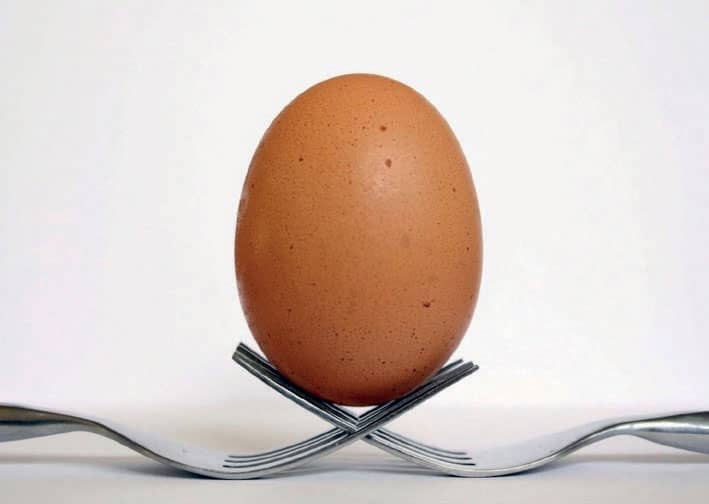
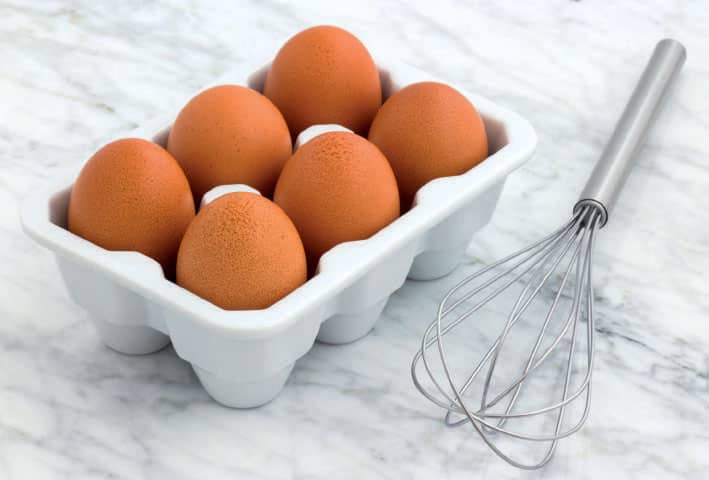
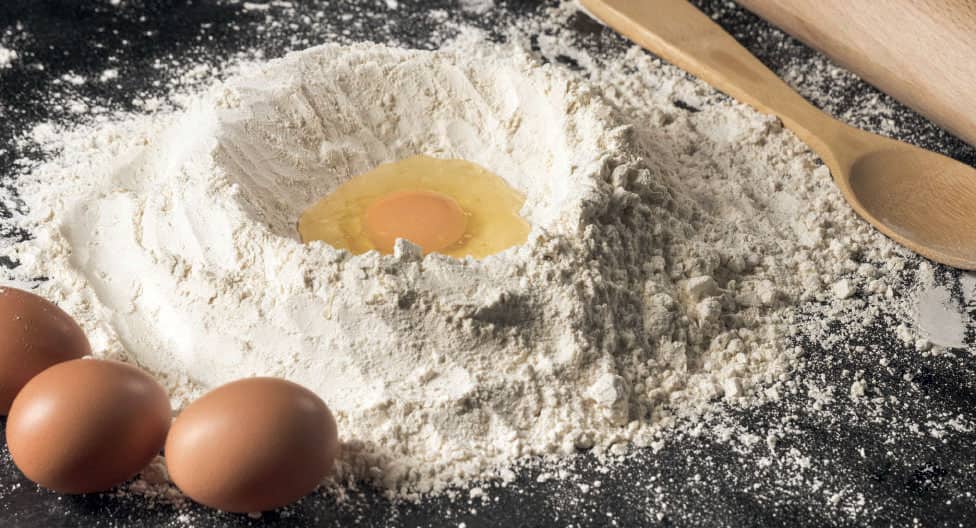
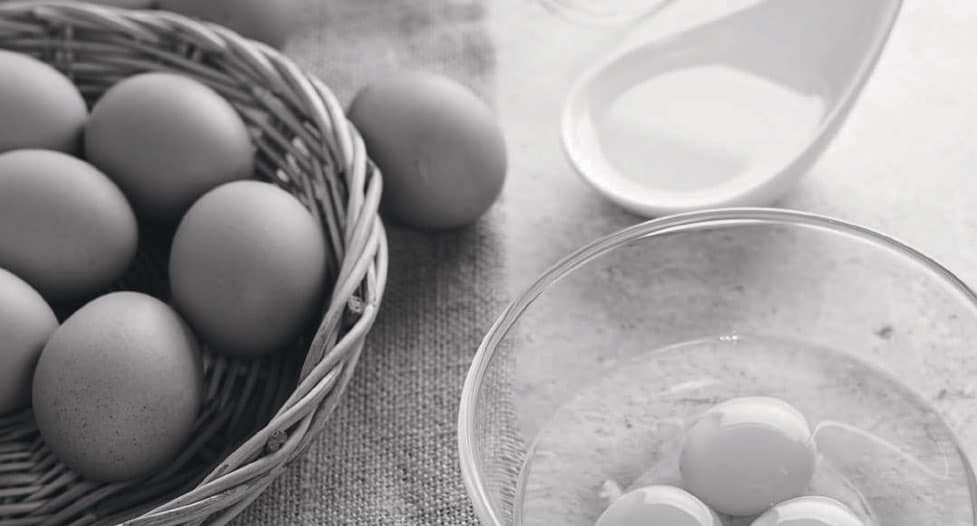
Egg yolks
The yolk has a more complex composition in comparison to the egg white, as it contains fats such as cholesterol, triglycerides and phospholipids in addition to water and proteins. For various basic pastry preparations, the yolk acts as a leavening agent thanks to the air that is incorporated into the dough when the yolks or whole eggs are beaten. The yolk gives structure and most importantly it adds flavour to the dessert. It is also an excellent binder that helps hold together sugar and starches. It is fundamental in many creams thanks to its gelling action. By raising the temperature, the proteins present in the yolk denature and, subsequently, coagulate forming a three-dimensional lattice which traps water. It is also an excellent emulsifier, especially when used in batters.
Egg whites
Egg whites are used in pastry arts mostly thanks their ability to be whipped to hard peaks while incorporating lots of air. They are utilized to prepare meringues, amaretto cookies and torrone nougat, but also in making cookies, where egg whites serve two purposes: making the final product lighter as well as less expensive. In order to obtain excellent results when using egg whites, one must take care of many different aspects, such as the amount of beating time, the age of the eggs (as eggs age, their PH changes and becomes more alkaline), the temperature (denaturation occurs faster at room temperature in comparison to eggs that have been in the refrigerator at 4°C), water (it is possible to add up to 40 percent), the PH level (which can be altered by adding acids, such as citric acid, acetic acid, tartaric acid or cream of tartar, which helps to whip), sugar (to delay the formation of foam), the choice of the material of the bowl used to whip, and starch syrup (as a stabilizer).
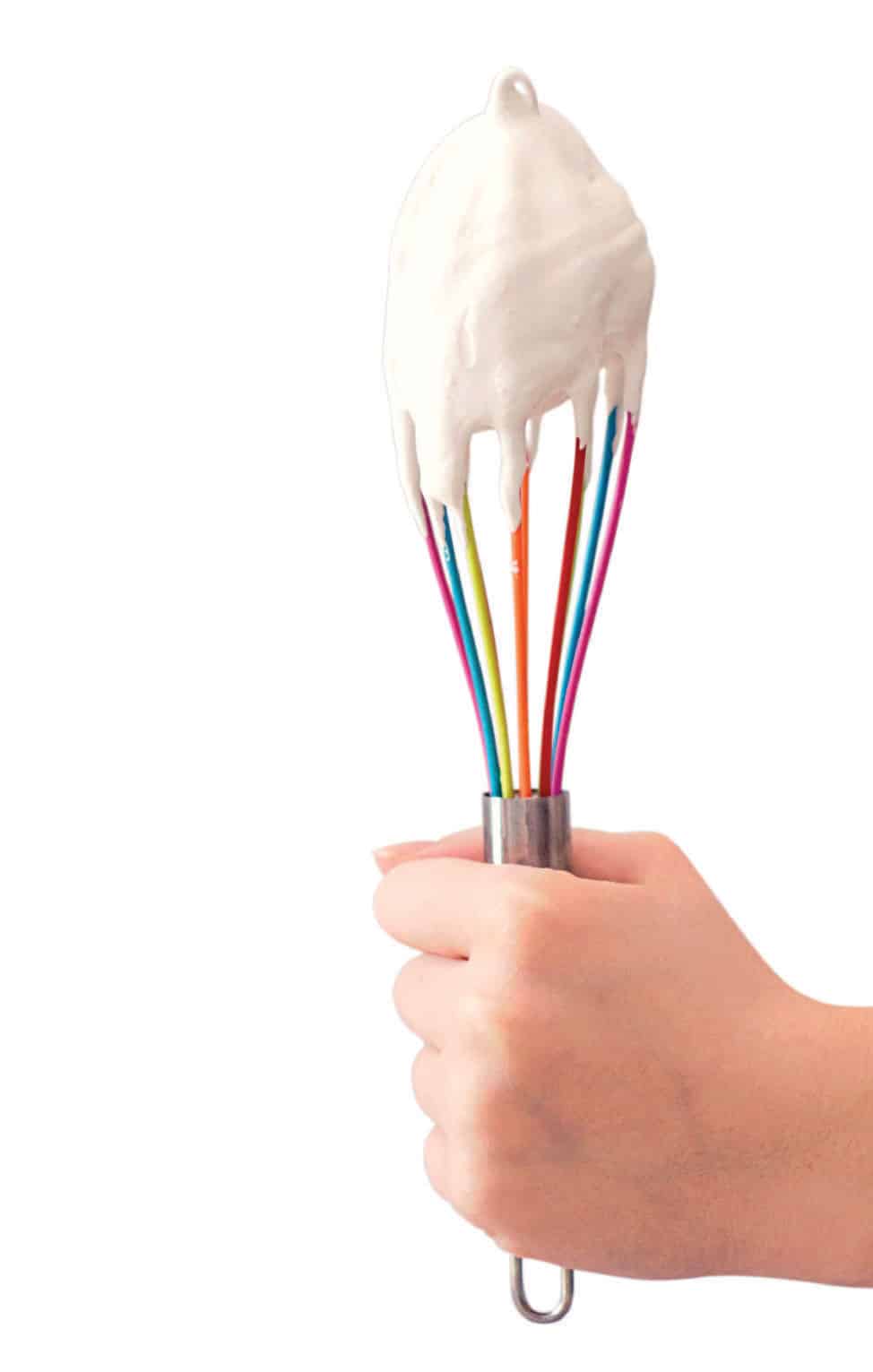

Nutritional value
Eggs contain lots of vitamins. There is a good amount of vitamin A (two eggs provide nearly a quarter of the daily requirement) and B vitamins, in addition to a decent dose of vitamin E. The quantity of calcium and iron can be compared to the amounts provided by meat, 33 mg and 0,7 mg respectively (with most of the calcium coming from the yolk). In addition, the sough-after antioxidant properties are provided by the presence of carotenoids. A 55-gram egg (medium-sized) provides 70 kcal, supplying a low-calorie intake. A trick: egg whites are most digestible when whipped to hard peaks then cooked. For the egg yolk, the opposite applies.
Coagulation temperatures
Using eggs, the temperature of coagulation plays an important role. Eggs exposed to heat coagulate, transforming from a liquid state to a solid one at precise temperatures. At 60°C, the egg white starts to coagulate; at 65°C the egg white has finished coagulating and the yolk begins; at 70°C, the egg yolk finishes coagulating. By adding other ingredients, such as sugar or liquids, the temperatures must be higher to reach coagulation. A textbook example is provided when preparing pastry cream, which can reach very high temperatures thanks to the presence of sugar, starches and milk. On the contrary, adding salt lowers to coagulation temperature.
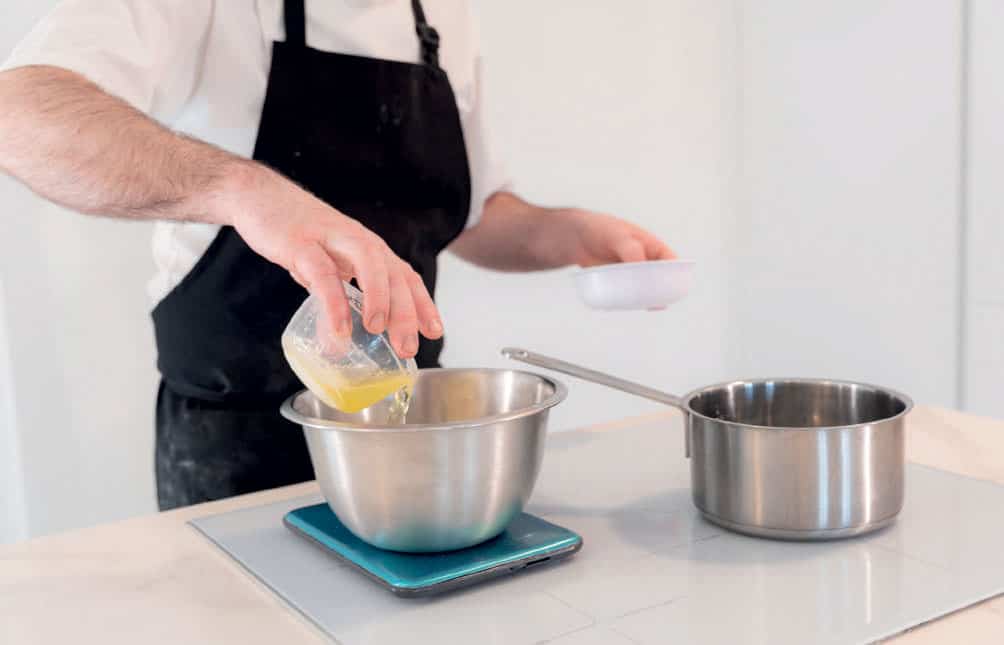
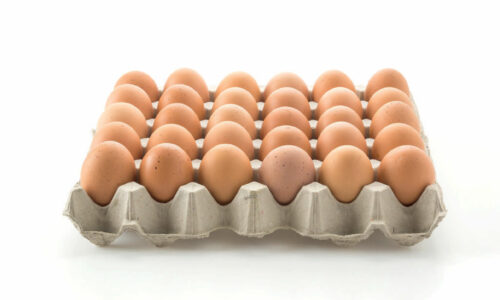
A possible marriage
A widespread opinion is that eggs are difficult to pair with wine. But in fact, a smooth and aromatic white pairs wells with many egg-based recipes. If well balanced, it doesn’t create unpleasant contrasts between food and wine. Even a light red wine, such as Merlot from the Colli Berici or a Freisa d’Asti can be well suited for an egg dish.
Recent Blog Posts
 Medac and AIFA: Hip hip hooray for Charles!
Medac and AIFA: Hip hip hooray for Charles! Sigep 2024 - Carpigiani’s special events with a look at the “green” future of Gelato and pastry
Sigep 2024 - Carpigiani’s special events with a look at the “green” future of Gelato and pastry Maurizio Manzi, as Ambassador for AIG, at the Melbourne Italian Festa
Maurizio Manzi, as Ambassador for AIG, at the Melbourne Italian Festa Medac awarded with the EcoVadis gold medal
Medac awarded with the EcoVadis gold medal MIG Longarone and SIRHA Budapest: a new dynamic space for italian gelato
MIG Longarone and SIRHA Budapest: a new dynamic space for italian gelato Medac supports Alice Italian Food Academy
Medac supports Alice Italian Food Academy The Gelatissimo 2024 online ticket office is officially open.
The Gelatissimo 2024 online ticket office is officially open. Casa Optima Group looks for two exclusive agents
Casa Optima Group looks for two exclusive agents Gelatissimo 2024: here the first information
Gelatissimo 2024: here the first information Ci Gusta opens a new store into the “Il Mercato Eat&Meet” in Reggio Emilia
Ci Gusta opens a new store into the “Il Mercato Eat&Meet” in Reggio Emilia


